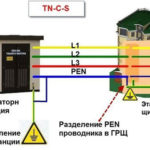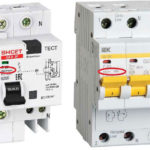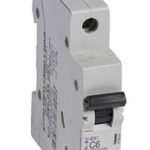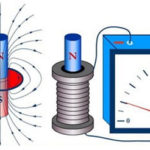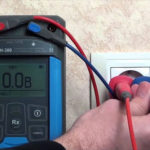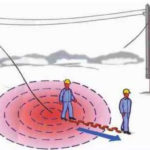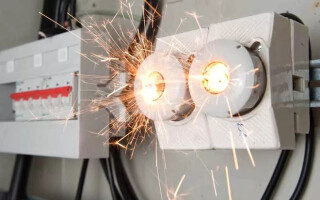The short circuit current is an increasing shock-type electrical impulse. Due to its appearance, wires may melt, some electrical appliances may fail.
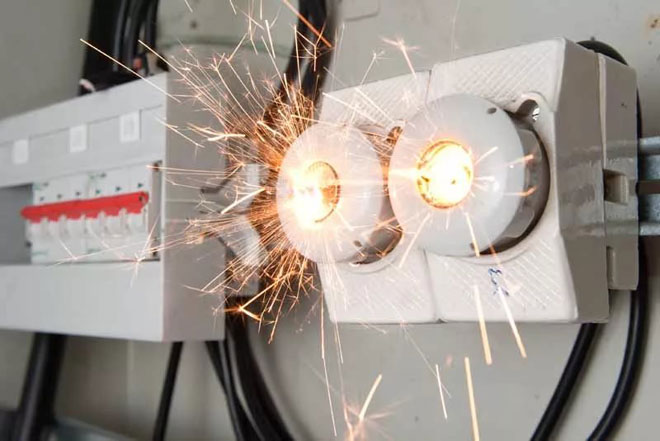
Content
Why does a short circuit occur?
Short circuit current occurs in the following cases:
- At high voltage. A sharp jump occurs, the voltage level begins to exceed the permissible limits, there is a possibility of an electrical breakdown of the insulating coating of the conductor or electrical type circuit. A current leakage is formed, the temperature of the arc rises. The short circuit voltage leads to the creation of a short-term arc discharge.
- With the old insulating coating. Such a short circuit occurs in residential and industrial buildings in which the wiring has not been replaced. Any insulating coating has its own resource, which is depleted over time under the influence of environmental factors.Untimely replacement of insulation can cause a short circuit.
- With an external impact of a mechanical type. Rubbing the protective sheath of the wire or removing its insulating coating, as well as damage to the wiring, lead to fire and short circuit.
- When foreign objects get on the chain. Dust, debris or other small objects that have fallen on the conductor can cause a short circuit in the mechanism circuit.
- During a lightning strike. The voltage level rises, the insulating coating of the wire or electrical circuit breaks through, which is why a short circuit occurs in the electrical circuit.
Why is the KZ called that?
Consider the definition of a short circuit, decoding - a short circuit. This is the union of any 2 points (with different potentials) that are in the electrical circuit. The connection is not provided for by the normal mode of operation of the circuit, which leads to critical current strength indicators at the place where these points are combined.
Such a circuit is called short, because it is formed, bypassing the device, i.e. along the short path.
In simple terms: there is a connection between a positive and negative conductor (short path), which leads to the fact that the resistance value becomes 0. Resistance is necessary for the normal functioning of the mechanism, and its absence causes a failure in the voltage source, which leads to a short circuit.
A short circuit is any connection of conductors with different potentials to each other or to earth. A short circuit occurs only if such a combination is not planned by the design of this device or mechanism.For example, a connection between any points of different phases or a combination of phase and 0, when a destructive current is generated that exceeds all critical values \u200b\u200bof the electrical circuit of the device.
What is the danger?
The consequences of a short circuit can be as follows:
- The voltage level in the electrical circuit drops. This may result in failure and burning of the electrical appliance or malfunction of the device.
- Mechanical and thermal damage: open circuit, damage to wiring or individual wires, sockets and switches.
- Depending on the short circuit power, it is possible to ignite the wiring and materials and objects located next to it.
- Destructive electromagnetic impact on the telephone line, computer, TV and other electrical appliances.
- Danger to life. If at the time of the short circuit a person is near the source of the short circuit, then he can get burned.
- The functioning of power supply systems is disrupted.
- Depending on the parameters of the short circuit, failures in the operation of underground utilities during electromagnetic exposure are possible.
Many people are interested in the question of how to calculate what the current strength is during a short circuit. To do this, you need to use Ohm's law: the current strength in the circuit is directly proportional to the voltage at its ends and inversely proportional to the impedance of the circuit.
The calculation of the short circuit is carried out according to the formula: I \u003d U / R (I - current strength, U - voltage, R - resistance).
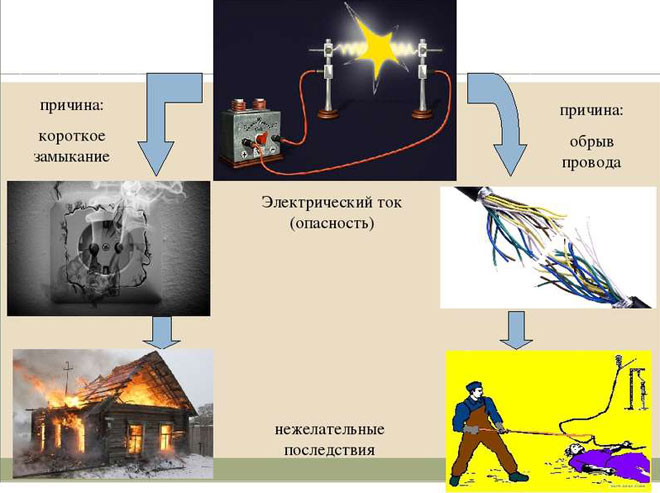
Types of short circuit and their causes
There are such types of short circuits as:
- Single phase short circuit.Damage to power lines when 1 of the phases of the electrical system is shorted to earth or to an element that is connected to earth. The short circuit may be caused by improper grounding.
- Two-phase short circuit. A type of fault occurring between 2 phases of different potential in an electrical power circuit. The reason is a violation of the insulation of the wires. It can also be a simultaneous connection of 2 phases not to each other, but to the ground.
- Three-phase short circuit (symmetrical). Closing 3 phases to each other. The cause may be mechanical damage to the insulating coating, overheating and breakdown in insulation, or wires whipping.
- Interturn. This type of circuit is typical for electrical machines. In this case, the turns of the stator winding mechanism, transformer or rotary device are closed to each other.
- A short to the metal case of the device or system. Such a short circuit occurs when the insulation of the wiring on the metal case is broken.
Short circuit protection options
As protection against the occurrence of a short circuit, you can use:
- electrical type reactors that will limit the current;
- parallelization of the electrical circuit;
- disconnection of sectional switches;
- step-down transformers with a split winding with a low level of voltage;
- high-speed switching devices, in which there is an option to limit the flow of current;
- fusible safety elements;
- installation of automatic switches;
- timely replacement of the insulating coating of wires and regular inspection of wiring for defects;
- relay protection devices that will turn off damaged sections of the circuit.
Automatic machines can only be installed on the entire system, and not on individual phases and the zero circuit. Otherwise, during the circuit, the zero machine will fail, and the entire electrical network will be energized, because. phase switch will be turned on. For the same reason, it is not recommended to install a wire of a smaller cross section than the machine can allow.
Use of this phenomenon
This phenomenon has found its application in arc welding, the principle of operation of which is based on the interaction of a rod with a metal surface. The surface is heated to the melting temperature, which creates a new strong connection, i.e. the welding electrode is connected to the ground loop.
Such modes of short circuit operate for a short period of time. At the moment of welding, a non-standard current charge arises at the junction of the rod and the surface, due to which a large amount of heat is released. It is enough to melt metal and create a weld.
Also, a short circuit is used in the field of industrial automation, with its help information systems are created that reflect the parameters of the current signal transmission.
A useful short circuit is used in electrodynamic sensors. For example, in induction vibrometers, seismic receivers. A short circuit makes it possible to further reduce the number of oscillations of the moving system.
Short circuit mode can be used when combining stages in electronics, when the output of the first active component is in short circuit mode.
Similar articles:
